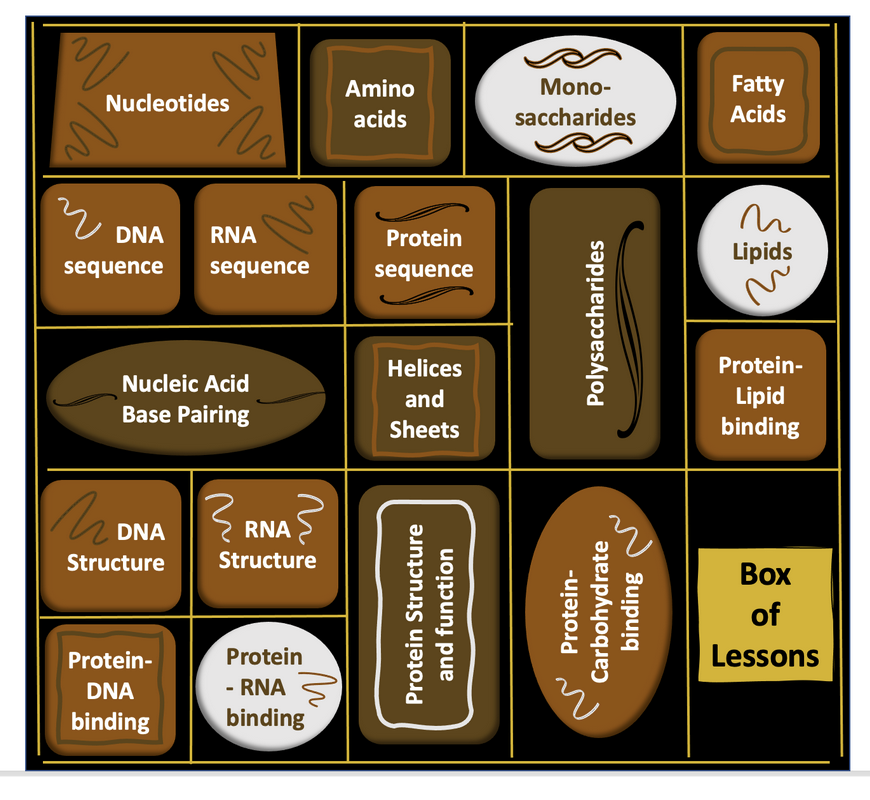
Biomolecular structure and function is emphasized as a core concept in a variety of community determined educational standards for biology and chemistry. Most curricula introduce students to the building blocks and principles of biomolecular structures, in introductory chapters of biology, biochemistry, cell biology, and chemistry courses, but very few engage students in actively visualizing and exploring biomolecular structures throughout the course. Conversations with faculty teaching introductory courses, and/or developing and piloting molecular case studies, helped uncover the need for new resources, and professional development to support introduction of biomolecular exploration. To address this need, a group of faculty participating in a Faculty Mentoring Network in Spring 2022, gathered together resources and lessons that they had independently developed and collaboratively developed additional ones. An overview of the lessons will be presented here. Interested users are invited to pilot the lessons in Fall 2022.